.jpg?width=314&height=313&name=whitepapers(2).jpg) Coaching Guidelines for Setting Goals
Coaching Guidelines for Setting Goals
Setting goals is an important part of coaching employees. It is vital that goals be within reach while still demanding concentration and effort from the employee. If a goal is too easily attainted, chances are that it did not generate any value, ie) knowledge gain or skill improvement. Conversely, if goals are unattainable employees may begin to feel defeated or devalued, and again, no value is gained from the goal.
Setting goals for all coaching sessions will:
- Give purpose and direction to a coaching session
- Keep sessions from veering in an unplanned direction
- Keep both you and your employees focused during sessions
- Help both you and your employees to track improvement and progress
All coaching goals, either personal or team wide, should:
- Be clear, concise, and specific. If goals are too broad they can become misinterpreted and fail to give proper direction.
- Have qualities that can be measured and directly related to tracking the progress of the goal.
- Be realistically achievable without being too easy or difficult to accomplish.
- Be significant to the purpose of the coaching session. Be sure all aspects of the goal are on point with the topic of your coaching session.
- Be connected to a timeline and/or precise end-date. Non time-motivated goals are less likely to receive the focus and attention needed to reach it.
The chart below lists each type of coaching session and tips for creating and incorporating effective goals.
|
Type of Coaching Session |
|
|
One on One |
Sit down with each person on your team to discuss a monthly goal that they themselves would like to reach, with your help and input. Have the employee create a plan of significant checkpoints to ensure progress. |
|
Peer to Peer |
Pair employees up to share their goals with each other. Involving a peer/ teammate creates a support system as well as an outside motivational push to reach goals. |
|
Group |
1) As a team, create one end-of-year goal that everyone will work towards reaching. 2) As a team, set monthly sub-goals for each employee in the group. Each sub-goal is a marker of progress towards achieving the year-end group goal. |
|
Self-Directed Learning |
Each employee should create his or her own independent goal. A new goal should be created monthly, just as all goals should be accomplished within one month, renew monthly for the following month. |
To learn more about motivating employees, download the whitepaper below



.jpg)


